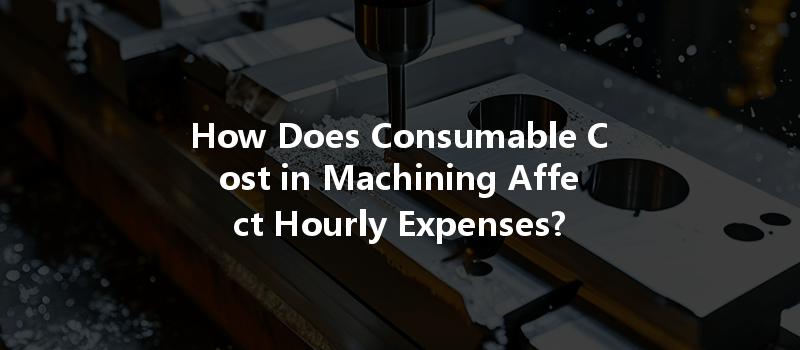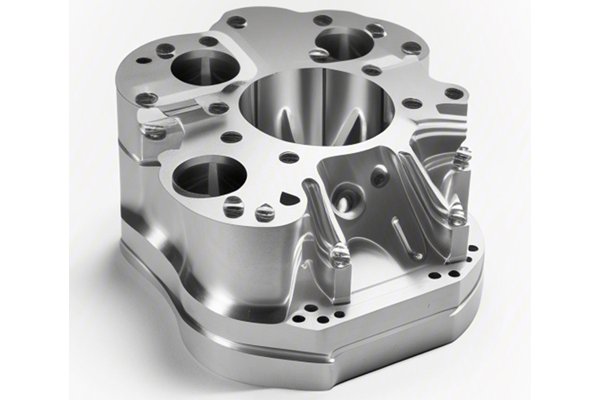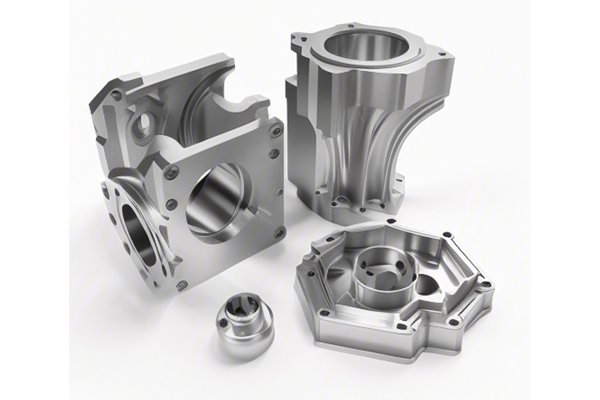When we dive into the world of machining, it’s like being a chef in a bustling kitchen, where the success of a dish depends not only on the chef’s skill but also on the quality and cost of the ingredients used. Have you ever wondered how those seemingly insignificant expenses can boil down to larger implications? In the case of CNC (Computer Numerical Control) machining, one of the key ingredients we often overlook is consumable costs.
Now, imagine if you could slice those costs or at least understand how they affect your hourly expenses in machining. In this article, we’ll navigate the complex waters of consumable costs and their implications on overall machining expenses—much like trying to uncover the secret recipe behind a mouthwatering dish. So grab a cup of coffee, get comfy, and let’s dig into this flavorful discussion!
What Are Consumable Costs in Machining?
First things first, let’s break down what we mean by “consumable costs.” In machining, consumables are the materials and items that get consumed during the production process. Think cutting tools, abrasives, coolants, and even safety gear. These aren’t permanent fixtures; they’re the ingredients that get used up, just like flour and sugar in baking.
Cutting Tools are perhaps the most obvious example. Imagine trying to cut through a thick piece of metal with a dull knife—it’s simply not going to work! Just like kitchen knives, cutting tools need to be sharp and maintained, but over time, they wear out and need replacing.
Abrasives, on the other hand, might feel like the salt of the machining world. While you can’t always see their usage, they crucially impact the final product’s quality. Then, there are coolants which not only help in cooling the machinery but also extend the lifetime of your cutting tools. Just like a good marinading process can enhance the flavors of meat, the right coolant can enhance efficiency in machining operations.
So, why is understanding these costs crucial? Because a high-quality machining process requires a good balance of these consumables, and their prices can fluctuate like the summer sun in a storm!
The Role of Consumable Costs in Hourly Expenses
Now that we’ve fleshed out what consumable costs are, let’s talk about how they directly impact hourly expenses. The relationship is similar to a chain reaction—one factor affects the other. If your tooling costs skyrocket, you can bet your bottom dollar your hourly expenses will follow suit.
Cost Per Hour Breakdown
Imagine you own a CNC machine shop and typically charge clients $100 per hour for your services. But have you ever calculated how much of that revenue gets chomped away by consumable costs? Here’s a simplistic breakdown (you can also think of it as a financial recipe):
In this scenario, if you estimate that your consumable costs might double due to increased prices or prolonged use, your profit margin drastically takes a hit. It’s like putting too much sugar in that cake—you might need to start lowering your prices or increasing your sales just to keep your head above water.
Tracking and Managing Consumable Costs
Tracking consumable costs isn’t just a good practice; it’s essential to ensure your machining business remains afloat in a sea of competition. The good news? It’s much easier than baking a soufflé! Here’s how you can get started:

Impact of Technology on Consumable Costs
As technology advances—with the rise of smart machinery and automation—there’s a growing trend to offset these costs. Think of technology as your sous-chef, helping you enhance production efficiency and reduce waste. Let’s explore this a bit further.
Enhanced Tooling Solutions
Modern CNC machines now utilize predictive maintenance—akin to having a crystal ball to forecast when equipment needs servicing or when tools are at the verge of wearing out. This technology can prevent unexpected costs, extending the life of your consumables. Imagine being able to predict when your knife is getting dull and being able to sharpen it before it hinders your ability to chop vegetables!
Smart Inventory Management
Using inventory management systems can help keep track of consumables in real-time. It’s no different than monitoring the levels of sugar and flour in your pantry. With such systems, you can set alerts for low supplies and optimize reordering processes, ensuring you never have to rush off to the store in a panic!
Case Studies: Real-Life Examples
To further bolster our understanding, let’s check out a couple of case studies of companies that successfully managed their consumable costs and saw their profits bloom like a well-watered garden.
Case Study 1: Precision Engineers Inc.
Precision Engineers, a small machine shop, began tracking their consumable costs using the log method we discussed. Through analysis, they recognized that over 40% of their expenses stemmed from cutting tools. They negotiated bulk pricing deals with suppliers and trained staff to use the tools more efficiently. Within six months, they reduced their consumable costs by 25%, translating directly to increased profits.
Case Study 2: High-Performance CNC Corp.
High-Performance CNC realized that their outdated coolant systems were not only inefficient but also costly to maintain. After investing in a new cooling solution, they saved on disposal and waste costs, decreasing overall expenses. This decision boosted both productivity and the quality of their manufactured components. The smart technology cut their consumable costs significantly and improved output rates.
Wrapping Up: The Takeaway
At the end of our journey through the landscape of consumable costs in machining, one overarching lesson rings true: understanding and managing these costs can be a game-changer for your hourly expenses and overall profitability. Just like the right ingredients make a dish delicious, the proper management of consumables can be the difference between a thriving machining business and one that struggles.
By tracking costs, utilizing technology, and learning from real-life examples, you’ll be well on your way to crafting a successful operation that’s as satisfying as a beautifully baked cake fresh from the oven. Because remember, every penny saved on consumables is a penny that can work harder for your business’s future.
So, what’s the next step for you? Are you ready to take control of your consumable costs and watch your hourly expenses shrink? It’s time to don your proverbial chef’s hat and get cooking! Happy machining!






